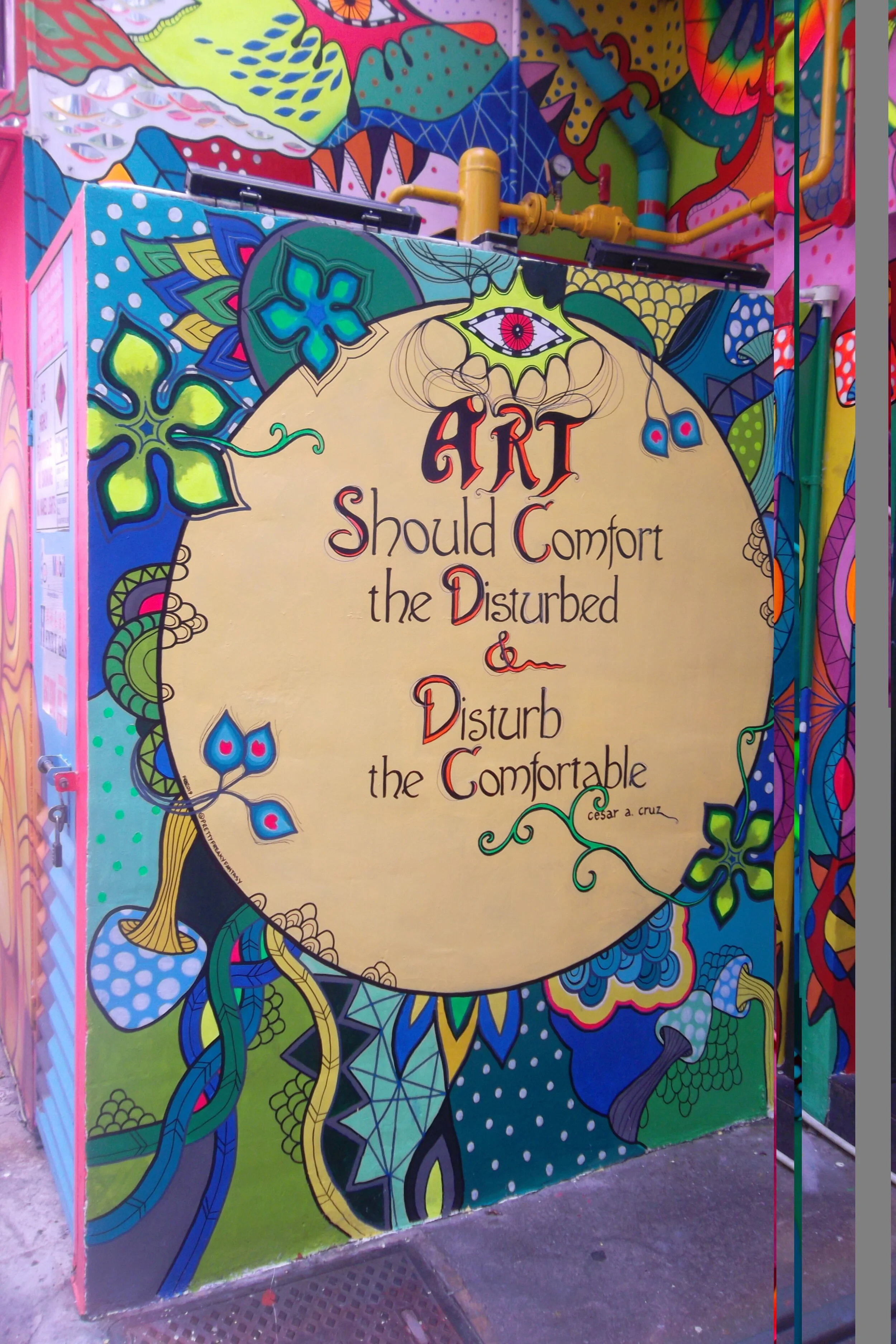The hidden codes of male fashion - and why they matter
I have been reading an interesting book called “Buttoned Up” by Erynn Masi de Casanova, which examines social change through consideration of what men choose to wear, and why. The book looks at parental involvement in fashion, focusing particularly on suits, - what they represent, and to whom. It’s not something I have given much thought to, but the book really made me think. In recent decades, people are now freer to pick and choose how to live, and what to wear. We have moved from a world where clothing presented a kind of code – if you dress like this, then these are the values you stand for – to a world where the clothing codes are no longer hold their original meanings, what do they now mean instead? As with everything else in the digital era, it’s subjective. To make it (somewhat) objective, let’s look at who wears what – and why.
In all eras, a work uniform at least has had the appeal that the wearer didn’t need to think about what to wear each day. Uniforms reflect the values of uniformity, obedience, teamwork, and loyalty. In the armed forces and emergency services, uniforms perform a very useful role in giving people peace of mind when danger is present. In previous eras, people would often feel pride in wearing a uniform because they felt like part of a team, and that the broader community valued their efforts. But the flip side is that wearing a uniform also reflects a lack of personal agency - and provides very little scope to show individual taste.
In the 1950’s, wearing a suit sent a signal that you were reliable, stable, dependable, and willing to sacrifice individual needs to the common good (in this case, your employer). There wasn’t much scope for deviation – you could wear charcoal grey, navy, or black, with a suitably modest tie. I would argue that suits are still considered a kind of “uniform” by men in the legal, financial, real estate, insurance and funeral industries, where wearing a suit still sends a signal of reliable, stable, and dependable people (whether it’s accurate or not is another question entirely). So, the custom of wearing suits is now concentrated in the highest-paying fields…and thus the signal has broadened to also suggest that the wearer is now likely to earn a high income and to hold some level of agency, responsibility and power.
Historically, in direct contrast to those who wore suits or uniforms were bohemians, who rejected conformity and sought to live life according to their own lights. While every era has had people who followed this lifestyle, it expanded through the 1960’s and 1970’s. The louder and more exotic the clothing worn, the better to show your complete rejection of what “society” thought of you, and to show that you were your own man. Bright colours likewise showed a desire to experience all that life had to offer – and that self-expression was more important than not rocking the boat.
In the digital era, there is an increasing demand for creativity, emotional intelligence, and innovation. In the tech sector, you’re only as good as your last project, and 1950’s-style loyalty and the idea of working your way up the ladder is seen as quaint. It’s no surprise, then that suits are rare in Silicon Valley. I am not sure if the tech industry dress code is the direct descendant of the bohemians, although the attitude of “move fast and break things” is the antithesis of blue-chip stability.
Both suit wearers and tech workers have agency – they are highly skilled and highly paid. While the tech industry dress code is often no less expensive than the suits, it relies to a greater degree upon information of what’s in fashion in which location, which translates to the wearers having a high degree of cultural capital. The clothing choices of both groups are not accidental; they’re sending a very clear message about what each group values at work.
The shift away from old certainties extends beyond the workplace. 70 years ago, wearing a suit to church or a community function would have been considered respectful; now it might attract scorn. At the other end of the scale, I have seen people turn up to weddings in polo tops and jeans. And as such, the gap between the people who can read the setting, and those who can’t, is increasingly apparent.
Many men don’t understand that these codes exist, what they reflect, or why they matter. In a highly visual world where personal branding is becoming increasingly important, the messages these men send (without realizing they are doing it) are: “I’m not aware of how the world is changing” - “I don’t know how to sell myself” and “I don’t have agency”. In contrast, understanding these clothing codes means being able to mix in different circles, and dressing up or down to match the audience in both work and social settings.
In recent decades, there’s been talk about EQ (emotional intelligence) – it might be time to talk about FQ (fashion intelligence). I am starting to think that an understanding of colour, at the very least, would be a useful thing for high school students to be exposed to. To understand why a flash of colour on a subtle background is refined, while wearing bright colours from head to toe is flamboyant, and what message either is sending, is important. As with so much else in the modern era, those who have high levels of cultural capital pass it on, while others pass obsolete knowledge across their families and communities.
And this (as the Buttoned-Up book points out) means that existing social hierarchies stay intact, with consequent impacts on diversity, etc. After all, how do you even realise you’re in a framework of codes if you don’t even realise such a thing exists in the first place?
What do you think?






